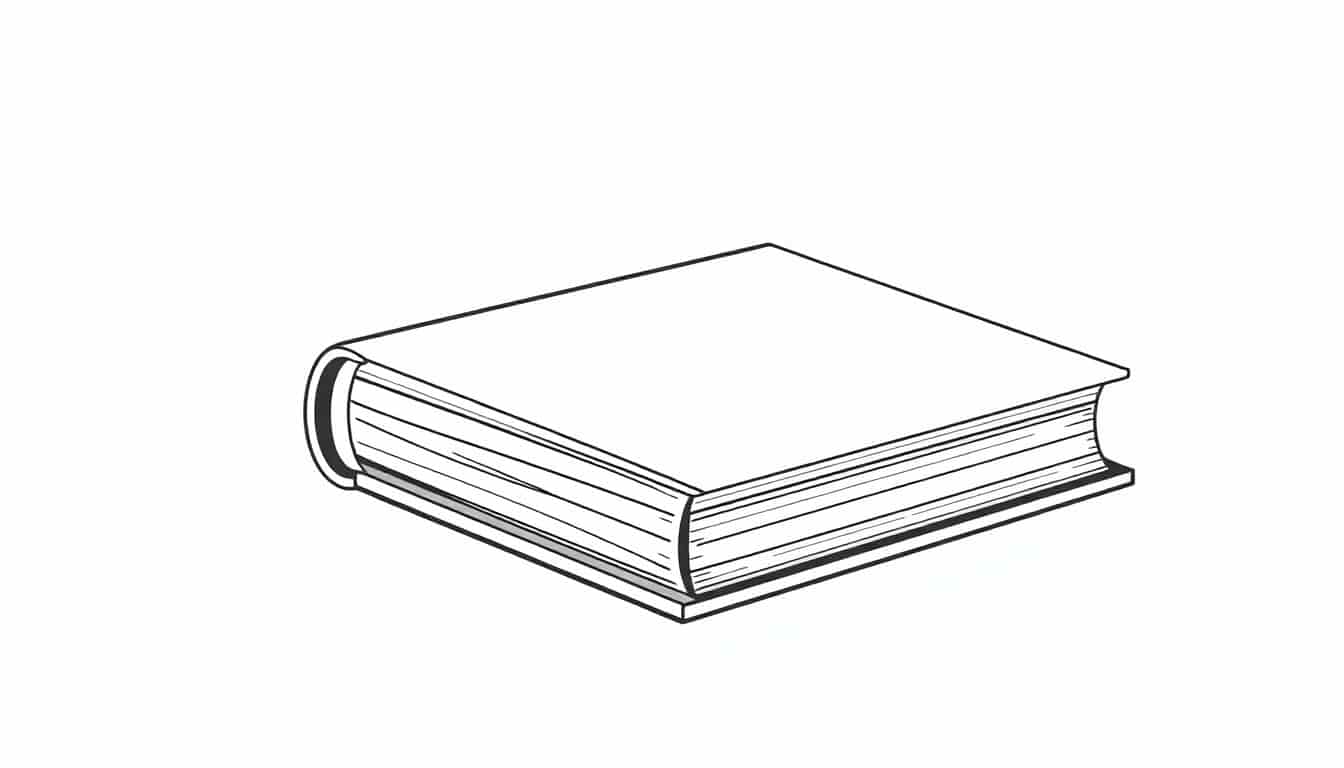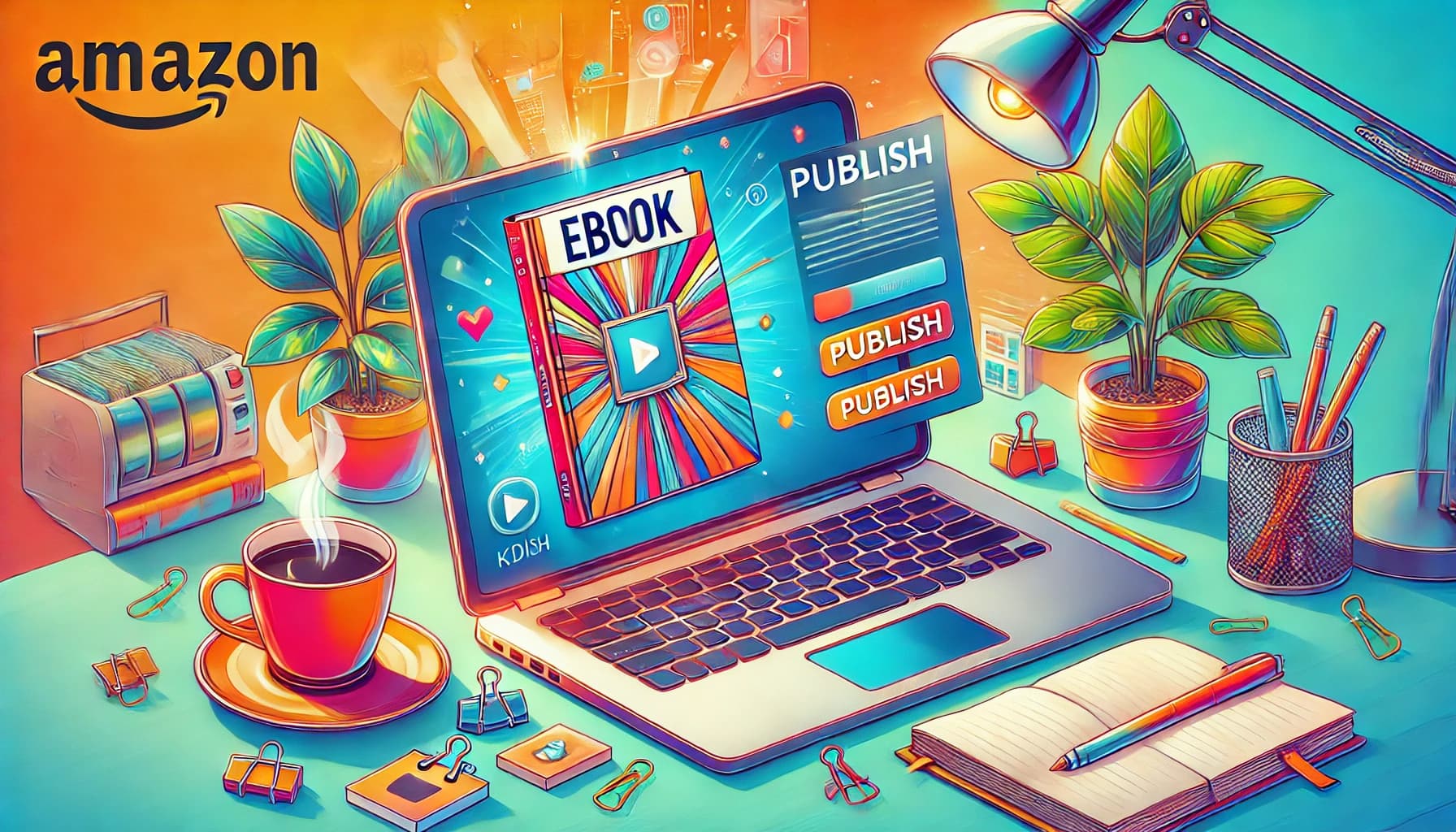Table of Contents
If you've ever tried to put a book together and ended up with a weirdly shaped spine or a cover that doesn’t quite fit, you know how tricky spine size calculation can be. It’s easy to get confused, especially with so many different binding types and paper options. But don’t worry – keep reading, and I’ll help you make sense of it all, so your books look professional and last longer.
By the end, you'll know how to figure out the right spine width, pick the best binding method, and avoid common mistakes most beginners make. Plus, I’ll share some handy tools and tips to make the process simple and stress-free.
Ready? Let’s get started and take the guesswork out of book binding and spine sizing!
Key Takeaways
Key Takeaways
- Use online tools or manual formulas to accurately calculate your book's spine size based on page count, paper thickness, and binding type. Double-check measurements to avoid mistakes.
- Thicker paper or single-sided pages increase the spine width. Always account for these factors to ensure your cover fits well and holds together properly.
- Don't forget to include bleed and margin allowances in your cover design so trimming doesn’t cut into important elements on the spine.
- Choosing the right adhesive depends on your project—consider eco-friendly options, drying time, and the binding style for best results.
- Modern binding equipment and automation make producing consistent, professional books easier, with options suitable for small or large runs.
- Stay aware of new materials and trends in adhesives and binding machines to improve quality and sustainability of your projects.
- Prioritize accurate measurements and test prints before full production to prevent issues like loose pages or tight covers.

1. How to Calculate Your Book's Spine Size
Knowing how to determine your book's spine width is key to producing a professional-looking final product. The spine size, simply put, is the thickness of your book's binding area, which depends mainly on the number of pages and the paper type used.
2. Use Online Spine Width Calculators
If you're looking for a quick and accurate answer, online spine width calculators are a lifesaver. These tools typically ask for your page count, paper weight, and trim size, then spit out a recommended spine measurement. For example, some sites can generate precise spine sizes for different binding types like perfect binding or saddle stitching, saving you from manual miscalculations. Check out these handy online tools for calculating spine widths and avoid costly errors.
3. Manually Estimate Spine Width for Different Binding Types
If you prefer a hands-on approach, you can estimate your spine size manually. Here's a simple formula: multiply the number of pages by the paper thickness, then divide by two if your pages will be glued in a perfect binding style. For instance, a 300-page book printed on 80gsm paper (which is roughly 0.1mm thick per sheet) would have an estimated spine width of about 15mm (300 pages × 0.1mm / 2). Remember, different bindings like spiral or saddle-stitch have varied requirements, so adapt your calculations accordingly.
4. Account for Paper Thickness and Page Count
Paper weight significantly impacts spine size. Thicker paper means a thicker spine for the same number of pages. For example, if you're using 100gsm paper instead of 80gsm, your sample 300-page book's spine might be closer to 18mm. Always double-check the paper's technical specs before calculating, because a misjudgment might lead to a loose or overly tight binding.
5. Consider Bleed and Trim Margins in Your Design
When designing your cover, remember that bleed and trim areas affect your spine width slightly. Bleed extends beyond the trim line, and any graphics or text on the spine should stay within the safe zone to prevent cut-offs. Adding an extra millimeter or so to your measurement ensures that your cover will fit perfectly after trimming—think of it as a small insurance policy against printing inaccuracies.
6. Adjust Calculations for Single-Sided Pages
If your book features single-sided pages, the spine width will be roughly double what you'd calculate for double-sided printing, since each sheet adds to the total thickness. For example, a 200-page book printed on single-sided pages with 80gsm paper might need about 20mm of spine width instead of 10mm. Keep this in mind to avoid surprises during binding.

7. The Growing Bookbinding Glue Market and Material Trends
The market for bookbinding adhesives is expanding as artists, publishers, and DIY enthusiasts seek stronger, more eco-friendly options.
In 2025, the global bookbinding glue market is valued at around $500 million and is expected to grow over $750 million by 2033.
This growth is driven by increased demand for high-quality bindings, especially for luxury editions, photo books, and personalized projects.
Major segments include animal-based, plant-based, and synthetic glues, each catering to different needs and environmental concerns.
Regions like North America and Europe currently lead the way, but Asia-Pacific shows promising growth, fueled by expanding printing industries in countries like China and India.
The broader market for bookbinding materials, including adhesives and cover materials, was valued at nearly $9 billion in 2024 and continues to rise steadily.
Choosing the right glue depends on your project scope, binding type, and sustainability preferences; plant-based adhesives are gaining popularity for eco-conscious creators.
For more insights on adhesive options, check out (https://automateed.com/auto…/best-eco-friendly-adhesives/).
8. Bookbinding Machines and Automation Trends
The bookbinding machines market is estimated at about $800 million in 2025, with a growth rate of roughly 5% annually through 2033.
Automation is making binding faster and more precise, which appeals to commercial printers and large-scale publishers.
Popular machine types include perfect binders, saddle stitchers, and comb-binding machines, each suited to different binding styles and volume needs.
Investment in automated equipment can improve consistency, reduce labor costs, and streamline production workflows.
Smaller operations or DIYers can find semi-automatic or manual binding tools that are affordable and user-friendly.
If you're curious about setting up a more efficient binding process, exploring options like (https://automateed.com/automate…/best-perfect-binders/) might be worthwhile.
Keeping up with technological advances helps keep your projects competitive and ensures your bindings meet professional standards.
9. The Future of Bookbinding Adhesives and Material Innovations
Expect continued innovation in adhesives, especially with the rise of eco-friendly and biodegradable glues that address environmental concerns.
New formulations focus on stronger bonding, flexibility, and ease of use, catering to both small crafters and large publishers.
Some companies are developing plant-based adhesives that match or exceed traditional animal-based or synthetic options in performance.
As sustainability becomes a bigger priority, manufacturers are also exploring recyclable and compostable materials for cover and binding components.
Keeping an eye on patent filings and industry trends can give you a head start in adopting cutting-edge materials.
For innovative adhesives and binding solutions, check out (https://automateed.com/market-reports/bookbinding-glues/).
10. Practical Tips for Choosing the Right Adhesive for Your Bookbinding Project
Always match your glue type to the material and binding style you're working with; for instance, use hot melt glue for quick fixes or PVA for flexible, durable bindings.
Test small samples before committing to a large batch, especially when switching adhesive brands or types.
Consider the drying time; fast-setting adhesives are great for quick turnaround, but slower glues can provide more working time and better bonding.
Eco-conscious creators might opt for plant-based or water-based adhesives, which are less toxic and easier to clean up.
For archival quality, look for acid-free, pH-neutral glues that prevent deterioration over time.
In complex projects, layering different adhesives or combining glues with other binding materials can improve strength and flexibility.
Always follow manufacturer instructions carefully to ensure safety and optimal results.
11. Final Thoughts and Considerations When Sizing the Spine
Getting your spine size right is about more than just measurements—it impacts the durability, appearance, and professionalism of your finished book.
Remember to factor in all variables: paper thickness, binding style, bleed, and whether pages are single-sided or double-sided.
This step is worth a little extra effort because a well-calculated spine prevents issues like loose pages or tight bindings later on.
Try creating a test print or sample to double-check your measurements before printing the entire run.
Stay updated on new materials, tools, and techniques—bookbinding is an ever-improving craft with room for innovation.
And if ever in doubt, consult with professional binders or manufacturers—they often have valuable advice to help perfect your project.
FAQs
Calculate by multiplying the number of pages by the paper thickness, then add a small allowance for binding and cover type to find the correct spine width.
Online calculators and templates are helpful, but measuring a sample or using a ruler on the book's spine provides the most accurate results.
Proper spine size ensures a secure fit, prevents damage, and gives your book a professional look that lasts longer and withstands use.
Use your spine width measurement to set the spine area in your template, and position graphics and text to ensure clarity and readability.



